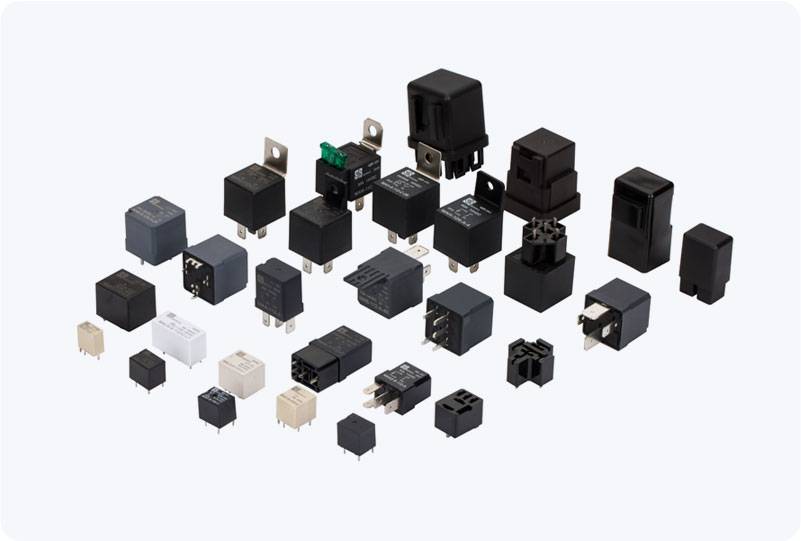the role and future of 5g base station relay in expanding network coverage
Release time:2025-11-17 19:08:09
The advent of 5G technology is transforming the telecommunications landscape, bringing with it faster speeds, lower latency, and more reliable connectivity. However, as with any new generation of mobile networks, challenges remain in ensuring that the high performance promised by 5G is accessible across diverse geographic locations and environments. One such challenge is achieving widespread and reliable coverage, especially in areas with poor infrastructure or difficult terrain. In this context, the concept of 5G base station relay has emerged as a key solution for enhancing network performance and coverage.

What is a 5G Base Station Relay?
A 5G base station relay is a device that serves as an intermediary between a main 5G base station and user devices (UEs), or other base stations. Its primary function is to receive signals from the main base station and then retransmit those signals over a wider area, thus expanding the coverage of the 5G network. This relay station does not typically connect directly to the core network but instead functions as a repeater, ensuring that 5G connectivity reaches places that might otherwise be out of range of traditional base stations.
Relay technology is especially useful in 5G networks that operate over high-frequency bands, such as millimeter waves (24 GHz and beyond), which are highly susceptible to attenuation, signal blockage, and range limitations. With the help of relays, 5G networks can extend coverage and deliver high-speed services even in challenging environments like urban canyons, rural areas, or inside buildings.

